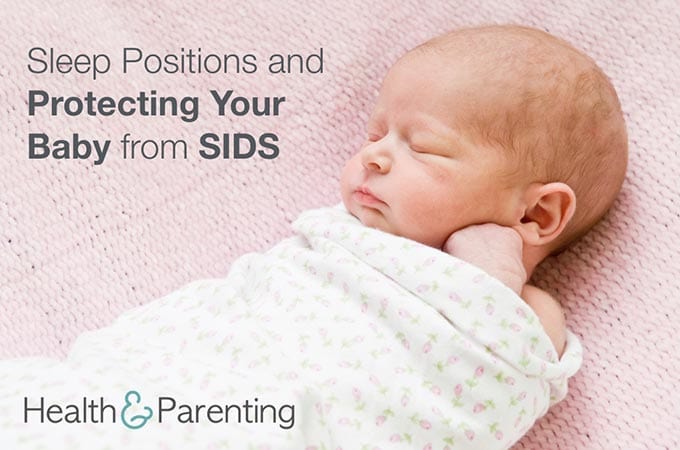You would do anything to keep your baby safe and healthy. You don’t even want to think about something bad happening to your little one. But it’s important to be aware of certain dangers, such as sudden infant death syndrome (SIDS), so you can take certain steps to prevent it.
What is SIDS?
The unexplained and sudden death of a seemingly healthy baby under age one is referred to as sudden infant death syndrome (SIDS). The risk of SIDS decreases as your baby gets older. Ninety percent of babies who die of SIDS are under six months old, and most are between one and four months of age.
There are several theories as to why SIDS occurs. Some research indicates that a percentage of babies who die of SIDS may have abnormal functioning in the part of the brain that controls waking up from sleep.
Other research links SIDS to certain environmental factors, such as sleeping tummy down. Although additional research is needed to state a definite cause of SIDS, there are measures identified that appear to reduce the risk of SIDS.
Steps to Take
One of the most important steps you can take to decrease the chances of SIDS is putting your baby to sleep on his back. SIDS deaths decreased by 50 percent when the recommendation was made by the National Institute of Child Health and Human Development to put babies to sleep on their back. Just remember to allow for plenty of tummy time when your little one is awake to strengthen his neck muscles.
Your baby should also sleep on a firm surface. Soft objects, such as toys and loose bedding should be avoided. Pillows, blankets and crib bumpers area also not recommended.
Breastfeeding may also decrease the risk of SIDS. Studies have shown that babies who are breastfed for at least six months have a lower incidence of SIDS.
Some research has also found SIDS occurs less frequently in babies who use a pacifier when they sleep. Although the exact reason this may occur is still being studied, The American Association of Pediatrics recommends giving your baby a pacifier at bed and nap time. If you’re breastfeeding, it’s best to wait about a month until your little one gets the hang of nursing to offer a pacifier.
Another way to decrease the chances of SIDS is by not allowing anyone to smoke in your home. Secondhand smoke appears to increase the risk of SIDS.
Overheating may also increase your baby’s risk of SIDS. It’s best to put your baby to sleep in light clothing. The temperature of the room should be similar to what an adult would be comfortable in. Also, don’t use blankets since your baby can get tangled up. If you’re concerned about your baby staying warm, consider placing her in a “sleep sack” or in onesie pajamas.
There are products on the market, such as wedges and sleep positioners that claim to decrease the risk of SIDS. Doctors advise against using these types of products since there is no evidence they work, and they could be unsafe.
Written by MaryAnn DePietro @writerlady34
This information is not intended to replace the advice of a trained medical doctor. Health & Parenting Ltd disclaims any liability for the decisions you make based on this information, which is provided to you on a general information basis only and not as a substitute for personalized medical advice. All contents copyright © Health & Parenting Ltd 2016. All rights reserved.










